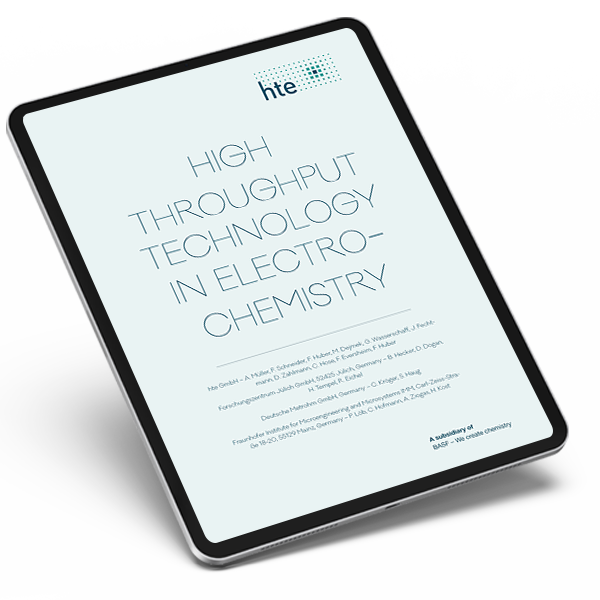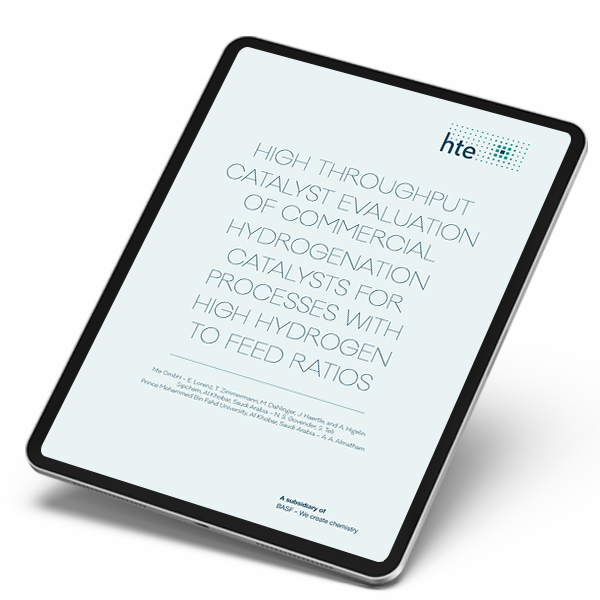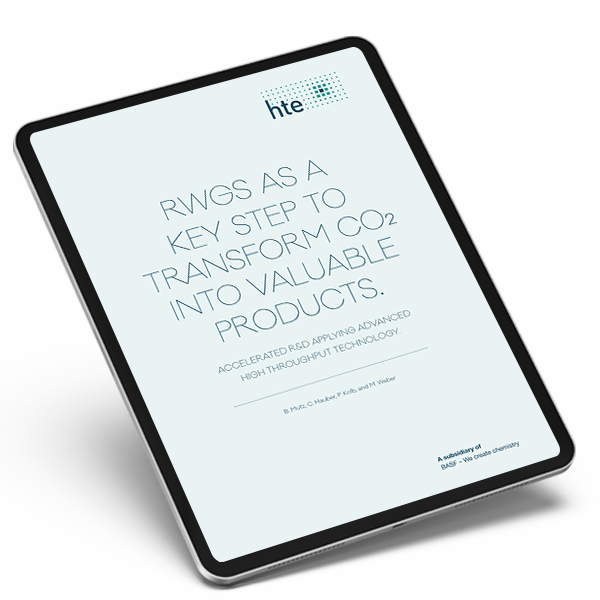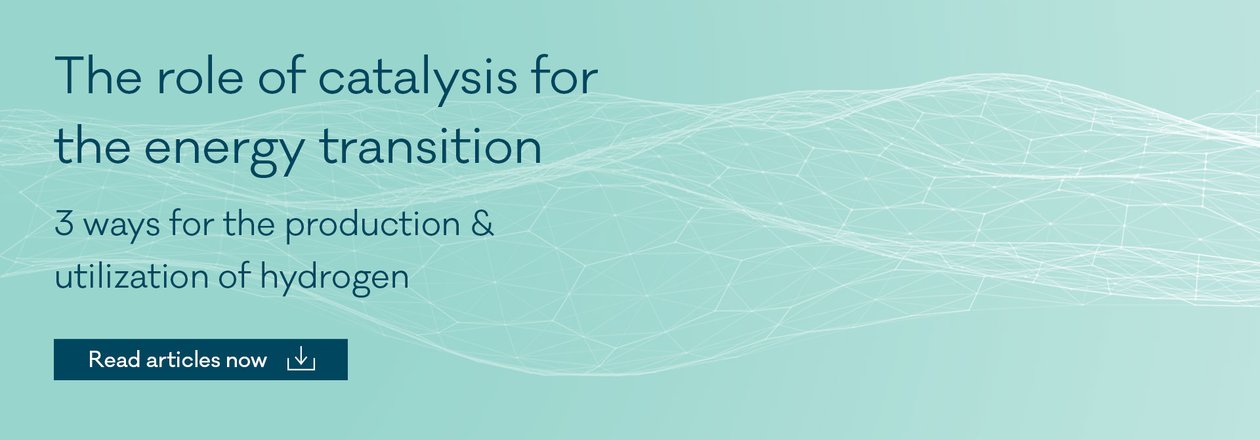Catalysis for energy transition
DGMK article collection - 3 ways for the production & utilization of renewable hydrogen
Learn how to use green hydrogen in the chemical industry for greater sustainability
This year the DGMK conference from the petrochemical department is focussing on the role of catalysis in the energy transition. Experts from industry and academia came together to discuss scientific and technological issues around catalysis as an enabling technology, addressing the special challenges of the energy transition and improved sustainability.
Hydrogen technologies will play a vital role to reduce greenhouse gas emission and to achieve net zero by 2050. Within three presentations at the DGMK conference we showed different possibilities in the production and utilization of green hydrogen supported by hte's technology platform and testing capabilities.
In particular, water electrolysis will become a key technology for producing green hydrogen, which is an enabler to replace H2 produced from fossil resources and to make chemicals from hydrogenation processes within the chemical industry more sustainable.
Furthermore, CO2 capture, storage and utilization will be crucial. CO2 can be reduced to CO as intermediate followed by the syngas conversion processes to produce fuels and chemicals using the green hydrogen from water electrolysis. The reverse water-gas shift reaction (rWGS) plays hereby an important role within the generation of sustainable syngas.
You can download and read the accompanying articles to our three presentations at the DGMK conference 2022.
Fill in the download form to read the full articles.

High throughput technology in electrochemistry
hte GmbH, Forschungszentrum Jülich, Deutsche Metrohm GmbH, and Fraunhofer IMM
Hydrogen technologies, especially water electrolysis, will play an important role reducing greenhouse gas emissions and to achieve net zero by 2050. Currently the first generation of electrolyzers is installed in large-scale industrial applications, which will need strong R&D support for further optimization of electrocatalysis in the future. Therefore this article introduces a high throughput experimentation platform for enhanced electro-chemical testing to support the ongoing effort for optimizing electrochemical conversion technologies.
High throughput catalyst evaluation of commercial hydrogenation catalysts for processes with high hydrogen to feed ratios
hte GmbH, SIPCHEM, and Prince Mohammed Bin Fahd University
Catalysts are the key components for maximizing process efficiency to ensure competitiveness and improved margins. In this study with SIPCHEM you can learn how a commercial catalyst for selective hydrogenation was qualified for industrial use on a 16-fold high throughput test unit. Within two weeks of testing about 256 experiments of different spatial arrangements, temperatures, pressures, feed concentrations have been run with excellent stability within 500 hours-time-on-steam.


rWGS as a key step to transform CO2 into valuable products - accelerated R&D applying advanced high throughput technology
B. Mutz, C. Hauber, P. Kolb, and M. Weber (hte GmbH)
CO2 neutral fuels and chemicals are topics you are currently working on? In this article you gain insights into the CO2-to-value path with the focus on CO production via reverse water-gas shift (rWGS) reaction. High throughput experimentation plays an important role within the case study as the use of an 16-fold testing system helps for accelerated catalyst screening and parameter optimization within a short period of time.

